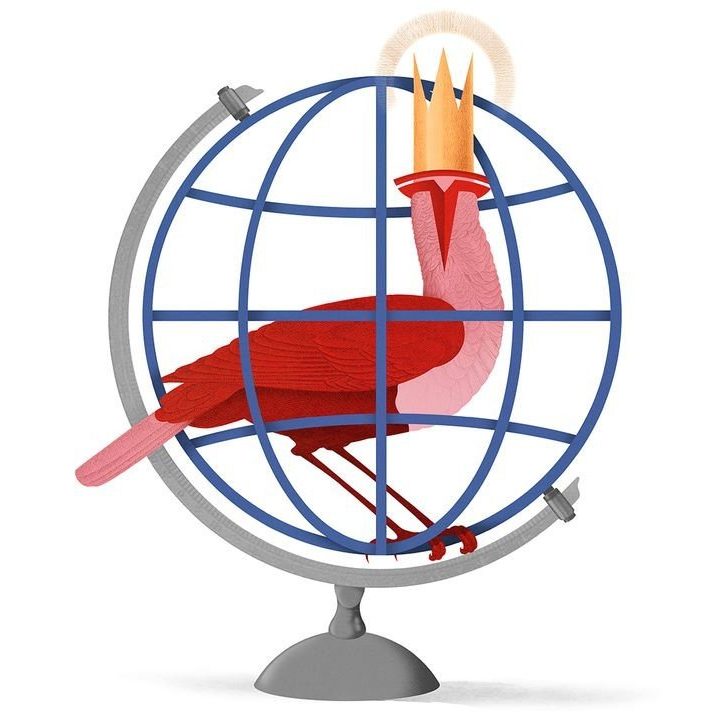
First Manet then the Impressionists followed the road paved by Courbet in representing reality in painting and went even further by initiating new research based on the perception of the instantaneous. Manet was furthermore the first artist to capture daily life in the big city in his paintings, convinced, like Baudelaire, that “the true painter is he who is capable of extracting the epic side of modern life.”
Horsewoman, Fullface belongs to an unfinished series on the four seasons that Édouard Manet painted in the last two years of his life, commissioned by his friend Antonin Proust, then Minister of Fine Arts. The theme of the four seasons represented by female figures was relatively common in the history of Western painting. Manet’s own sister-in-law, the painter Berthe Morisot, had produced one of these cycles featuring young women attired in fashionable dress. It was also habitual in Japanese prints—which were so widespread at the time—for the seasons to be symbolized by features of courtesans.
The artist was seriously ill when he began this cycle and only managed to fully complete the first of the paintings, Spring, for which the famous Comédie-Française actress Jeanne Demarsy posed (you can check it out in our Archive). Manet exhibited the painting with great success at the 1882 Salon together with the masterpiece from the end of his career, A Bar at the Folies-Bergère (which you can also check in our Archive). Méry Laurent was the sitter for Autumn, which he did not have time to finish. Laurent, a great friend of Manet’s at the end of his life, had arrived in Paris at the age of 17 to make her debut as an actress and had soon become famous, frequenting the artistic and literary circles of the capital. She even inspired Marcel Proust’s character, Odette Swann, in Remembrance of Things Past.
For Horsewoman, Fullface in the Museo Thyssen-Bornemisza, which may perhaps have been intended to represent Summer, the sitter was a young woman less known than the others, the daughter of Madame Saguez, a bookseller of the Rue de Moscou. Encouraged by the success of Spring at the previous year’s Salon, Manet put particular effort into this work with the intention of showing it at the Salon of 1883. He produced three versions: a largely unfinished Horsewoman in Profile in the same format; another Horsewoman, Fullface that was larger in size; and this painting. Of the three, only the latter was chosen for the posthumous exhibition of the artist’s work organized in January 1884 at the École des Beaux-Arts, where it was shown for the first time hung next to Spring and Autumn.
– Paloma Alarcó
We present today’s marvelous work thanks to the Museo Nacional Thyssen-Bornemisza in Madrid. Also, if you would like to learn more about the Impressionists themselves (Manet was very close to this group), please check our Mega Impressionism Course. : )
P.S. Here you will find the ten best portraits of Édouard Manet!
73 x 52 cm
Realism
Museo Thyssen-Bornemisza
source https://s3-eu-west-1.amazonaws.com/dailyartartwork/img-202103226058c7bd46105
Related posts
Archives
- May 2021 (125)
- April 2021 (91)

